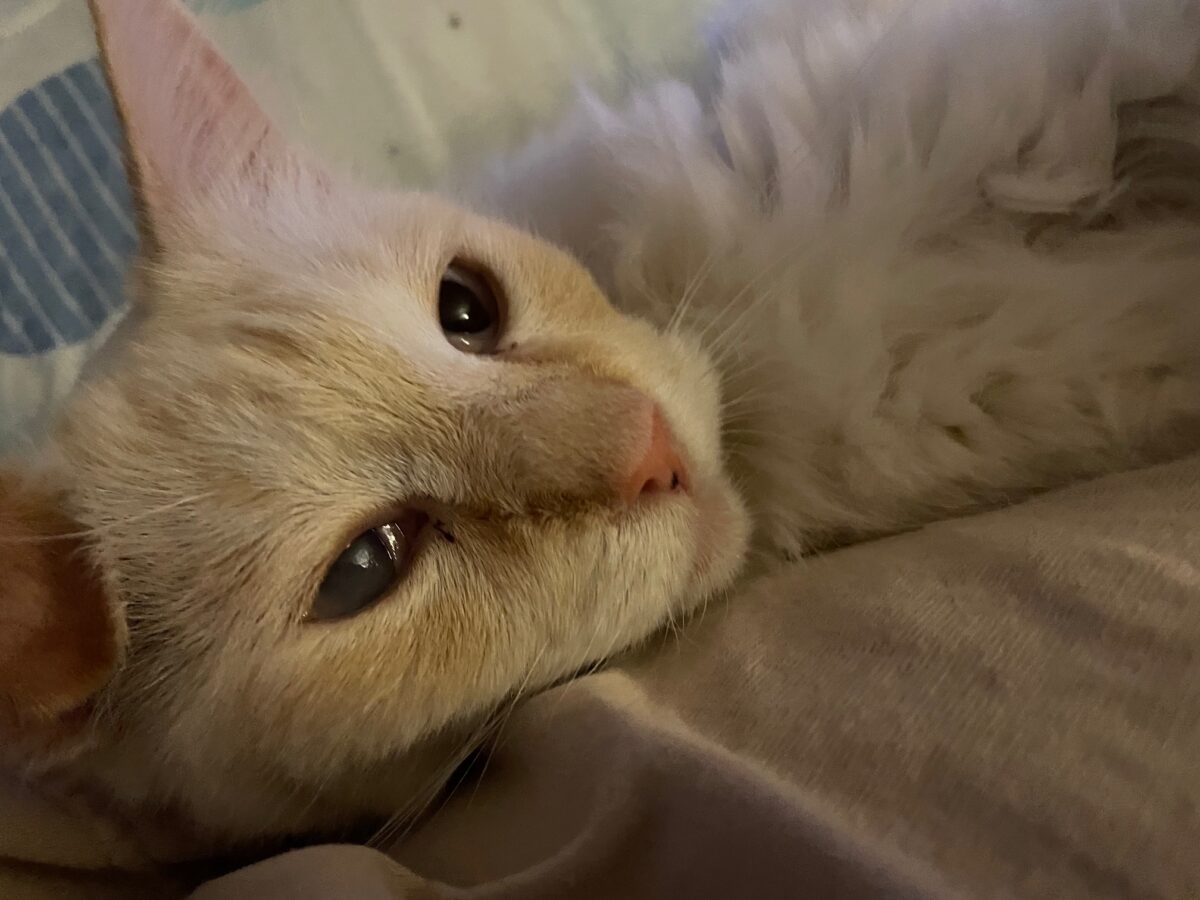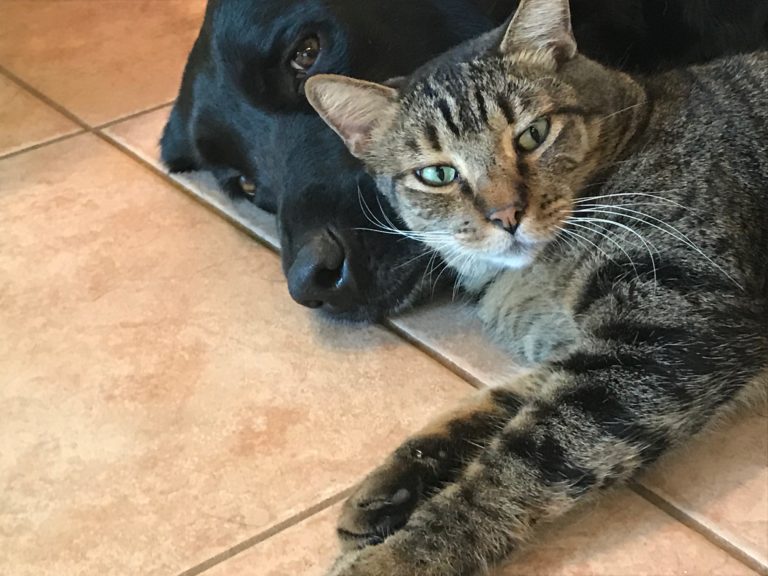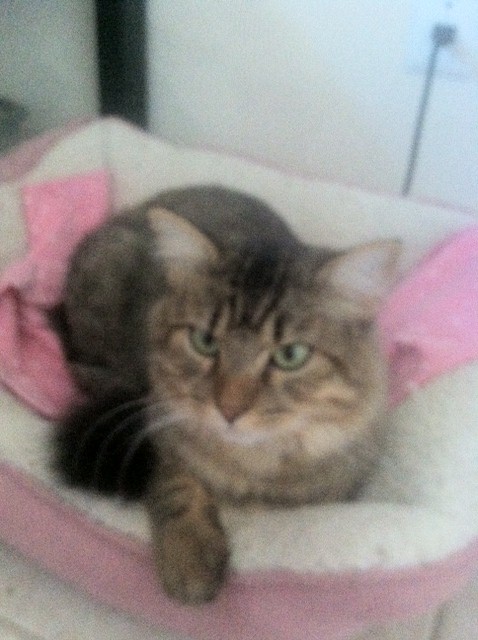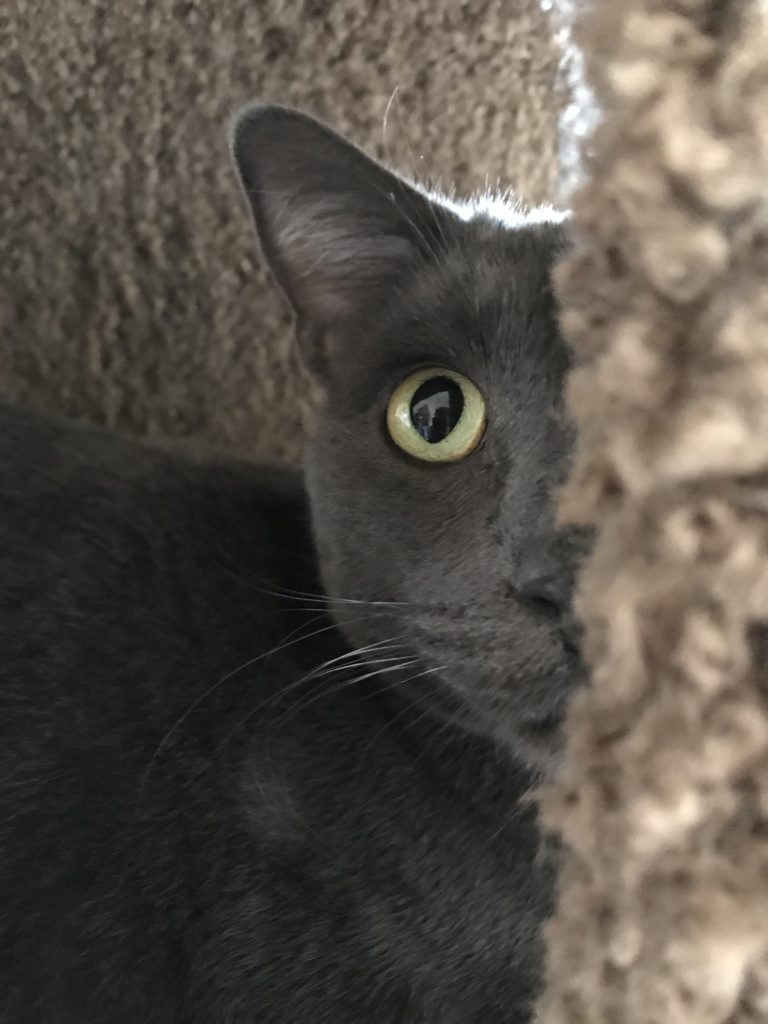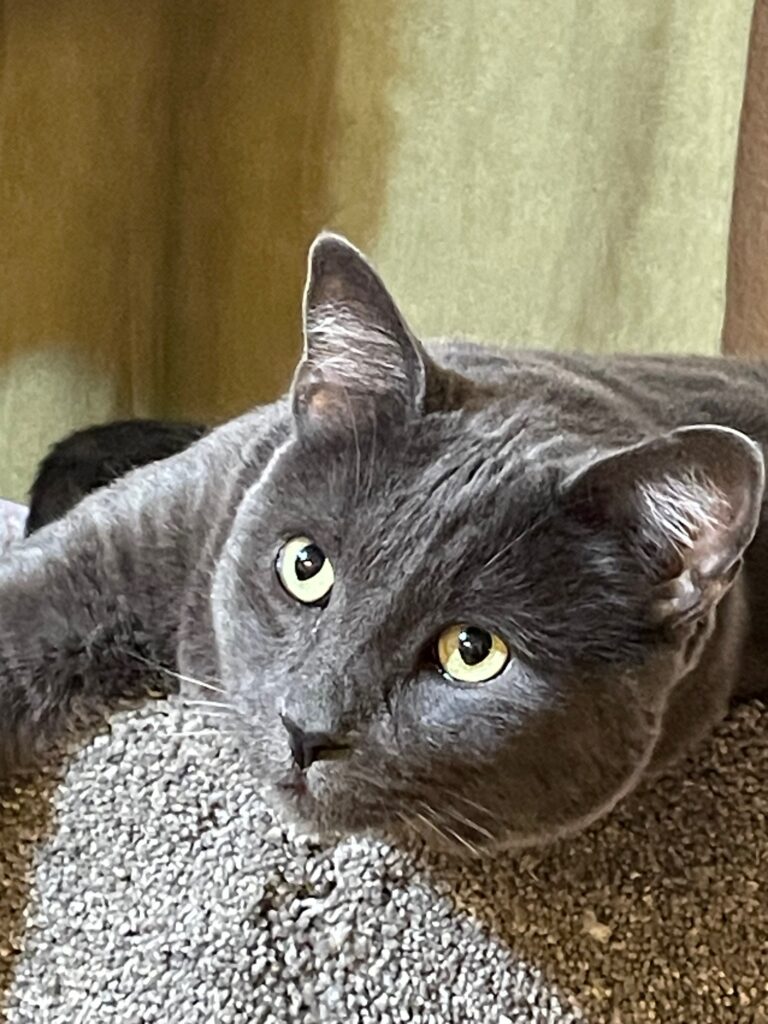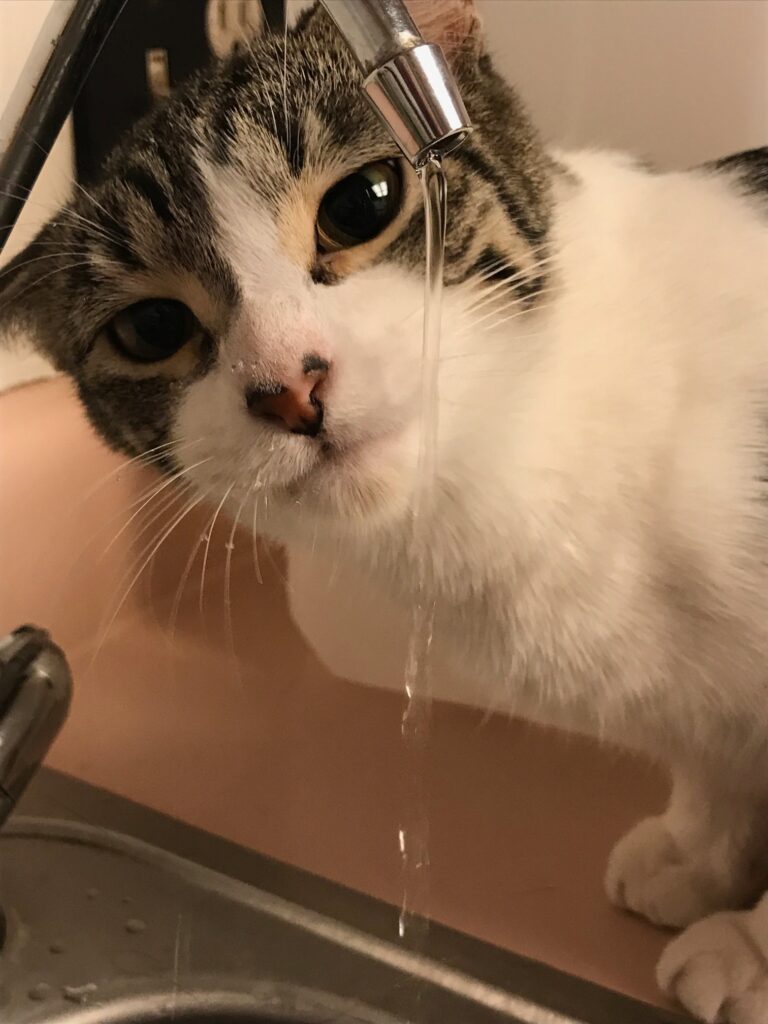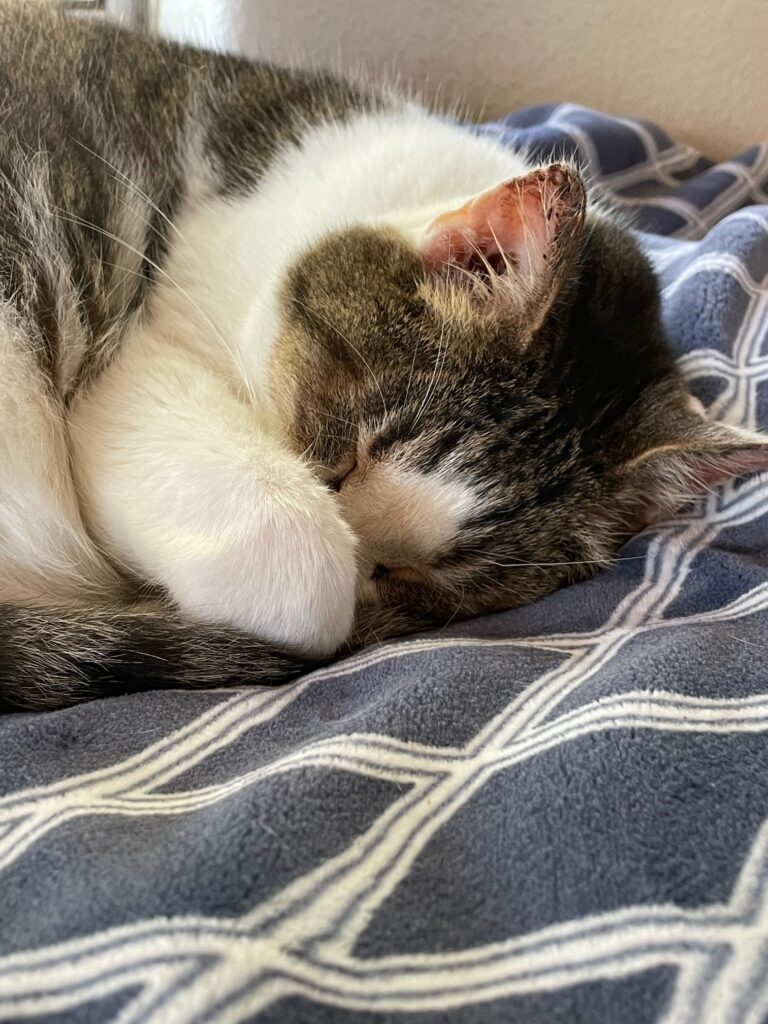Cats and Play
*This post may contain affiliate links for which I earn commissions.*
Playing has Many Benefits for Your Cat and You
Cats are hunters. Housecat’s relatives in the wild are actually the top of the food chain predators. You rarely hear about a lion or tiger being taken down by another animal other than humans. In some ways, the cat family are the furry, cuddly, cuter version of sharks, but just on land.
Domesticated cats are not going to take down an antelope or gazelle, but outside they do hunt birds, rodents, bugs, and even smaller critters like rabbits or squirrels. They need to have some kind of outlet for this hunter instinct energy.
The best solution is PLAY! If you watch kittens and young cats play they are mimicking hunting. They chase, hide, ambush, retreat, and wrestle. This is their version of hunting. Older more mature cats still enjoy play because they are programmed to hunt.
Cats will play on their own especially if they have another cat to play with. However, there are times when your cat needs some inspiration, encouragement, or opportunities to play. Occasionally, cats can benefit greatly form a little play stimulation. This “stimulation” can come in many forms.
Sometimes another playmate cat, dog, etc. will do the encouraging, but us humans don’t want to rely totally on the cat getting self inspired or a playmate to take the initiative. WE must have a plan! Play is way to important to just leave to chance.
We should want to play with our cats. It’s fun! Who doesn’t like fun? Play is also very healthy for the cat since it helps with weight control, healthy exercise, and often has a positive impact on cat behavior. Playing with your cat also helps with bonding and can reveal cat preferences, personality quirks, and sometimes shine a light on potential health issues.
We have had several mature cats twelve, thirteen, up to sixteen plus years that really enjoy playing. Not every cat, in every situation, at every age is all in on playing, but most enjoy some version of play. Some cats are entertained, by just watching other cats in their group playing and having a good time.
The key elements are: when is the best time to play, how to play, what to play with, who to play with, and where to play. These are all great questions that I am going to address in future articles. One great place to start is to OBSERVE your cat.
What seems to draw their attention and interest? What type of toys seem to be irresistible? Is there a certain room, area, or time of day that your cat seems more active and playful? Do you notice anything that they aren’t interested in at all or worse yet dislike or are scared of? Maybe one cat really cranks it up when another cat is already playing or perhaps they seem to cut loose when they are alone. These are all clues that can help you figure out the best options for your cat and play.
All of these cats in the videos are over age 10. Dexter the black cat is 16. Many older cats enjoy and benefit from play if they are healthy and provided good options for their different tastes and personalities.
In future articles I will discuss in more detail the different types of toys to consider for your cat.

